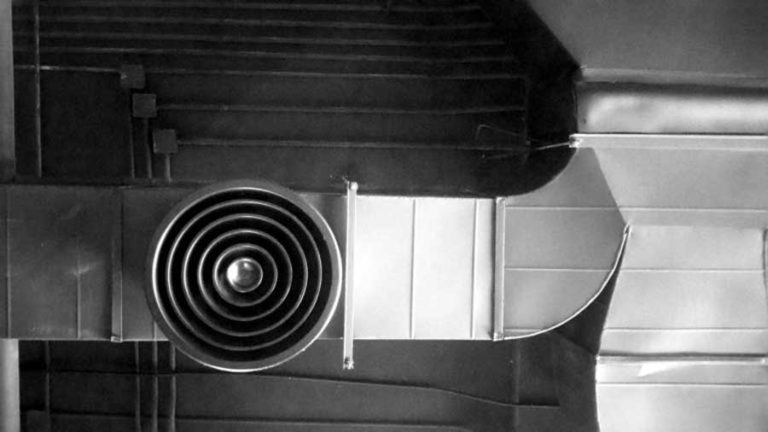HVAC ducts tend to accumulate dust, pet hair, dirt and pollen over time. In some cases, ducts become moldy or they even collect bigger objects such as construction debris, vermin or even insects. DIY air duct cleaning gives you the chance to clean your home HVAC supply and return vents much cheaper than professional duct cleaning.
You would certainly not clean half of your living room floor and so you would not clean half of your HVAC system. NADCA advises cleaning the whole system during air duct cleaning in Toronto.
1. When To Do Cleaning of Your Air Ducts
In case of seasonal HVACs, which are used only at some point in the year, clean the air ducts a month before you intend to switch the HVAC system. Air duct cleaning is useful to individuals with high allergies because allergens are minimized during the process.
Otherwise, clean the air ducts as needed. In case there is a musty odour in the house when switching on the HVAC or one gets the smell of rodent droppings, clean the air ducts as soon as possible.
Clean your air ducts yourself, as well, on an unusual occasion, like when you have a new HVAC system, have major repairs, or a dust-causing house remodelling project. The dust and debris that has been left without movement can be moved by increasing the blower volumes.
Air ducts should be cleaned in case there is mold and mildew. In case there is mold, call a professional HVAC repairman who will clean it with the right chemicals and eliminate the mold entirely in the system.
2. The Working of HVAC Ducts
Air ducts of HVAC are called a continuous loop. The AC unit or the furnace, which is in the center, sends air through supply ducts into the rooms. This air goes back to the central unit through the return duct.
3. Supply Ducts
The warm air or cold air is blown into the rooms with supply ducts. Most of the rooms in the house should have supply duct registers, although not all rooms will be supplied.
Supply registers are plastic or metal grills and are located on the floor, on the outside wall, in the ceiling or beneath the windows.
Supply ducts are usually cleaner as compared to the return ducts. This is because the air is first filtered then it flows to the different supply registers around the house.
4. Return Air Duct
A big air vent removes the air in the rooms and gets it back to the AC or furnace system. The exit is mostly found in the wall near the floor.
The supply ducts are always cleaner than the return air duct. This is because the unfiltered air that is filled with dirt within the house is being pulled down the return duct as it returns to the HVAC system.
5. Professional Vs. Do-It-Yourself Duct Cleaning
Professional air duct cleaning is not the same as DIY duct cleaning since the professional machines are not available to the do-it-yourselfers and they are difficult to replicate on a do-it-yourself basis. In this home-made, do-it-yourself variation of professional air duct cleaning the clutter is removed in most of the ductwork, but not in the whole system.
6. Liberating The Contaminants
Cleaning HVAC systems will involve eliminating the causes of contamination. The removal of sources starts by the application of one or more of the agitation tools, whose aim is to dislodge the contaminants on the surfaces of the heating and air conditioning system.
7. Capturing Of Contaminants
When cleaning, the whole HVAC system is introduced to continuous negative pressurization (a vacuum), which eliminates the possibility of the spread of contaminants. The continuous negative pressure enables the very minute particles to be withdrawn from the system because they come out in air form, so that after cleaning, the system is switched on, and these particles do not flow out to the living space. It is also this negative pressure that is used to pull out the loosened contaminants, which are then collected and taken out of your home.
8. System Access
The cleaning of HVAC systems is not a complicated work, yet every air duct cleaning Toronto task is different. Access to the inside of ducts ought to be achieved through available openings like supply diffusers, return grills, duct end caps or any available service openings where possible.
Air duct cleaning technicians might have to make access holes to the ductwork to enable them to get access to the interior of the ductwork using different cleaning equipment. Opening and closing of these service openings involve craftsmanship and professional skills.

